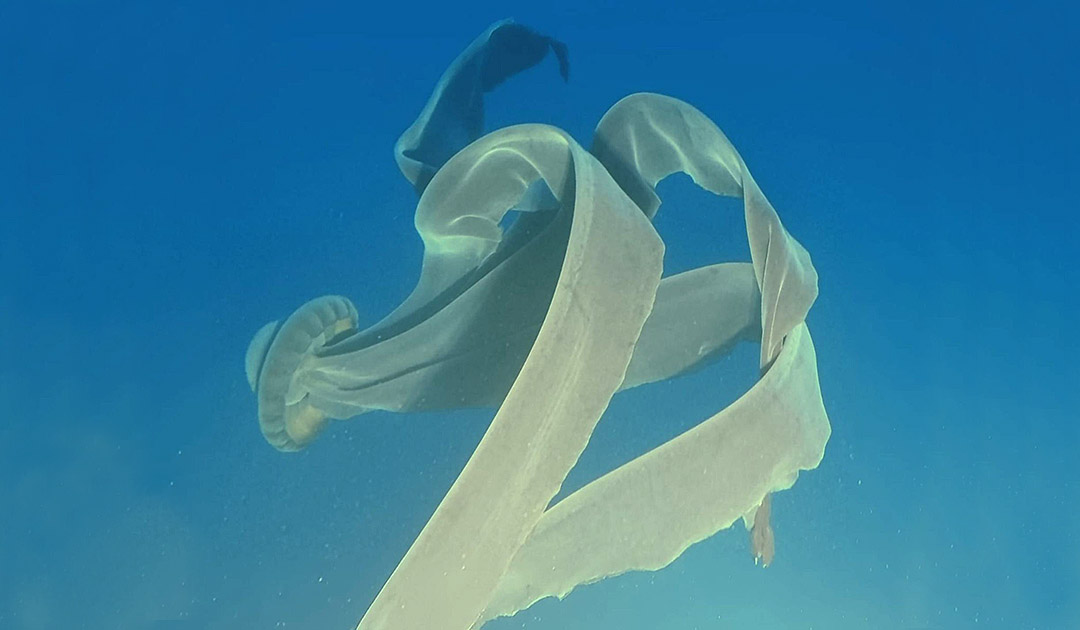
Viking Expeditions has announced that a giant phantom jellyfish (Stygiomedusa gigantea) was spotted and photographed during a dive with an on-board submarine. The encounters took place in early 2022 during dives in the coastal waters of the Antarctic Peninsula. Although the jellyfish can reach up to 10 meters in length, only 126 encounters have been recorded since the species was first described, the first in 1910. During the 2022 season, direct observations of the giant phantom jellyfish were made three times from submarines in Antarctica. The sensational encounters started from the Vikings expedition ship “Viking Octantis” and were documented by photos and video recordings.

Underwater biological studies have been conducted around the Antarctic continent for several decades. The occurrence up to a water depth of 50 meters is already quite well explored. It becomes more difficult from a water depth of 50 meters due to the limited access and the financial effort.
Tourists exploring the ocean off the coast of Antarctica’s Rongé Island in a private Viking submarine in January 2022 were astonished to see a giant figure approaching them in the blue glow of the water. It measured over nine meters from its roundish head to the ends of its four billowing arms. The ‘monster’ was thus longer than the submarine in which the group was traveling.
When they returned to their cruise ship and showed the photos to Daniel M. Moore, a marine biologist from the University of Exeter in the United Kingdom, he knew they had seen “something incredibly rare.”
Surprisingly, the first sighting of this kind was not an isolated case. Just a week later, at the end of January 2022, another group of tourists also saw such a jellyfish, followed by another in mid-March.

“At the heart of Viking Expeditions is the goal of doing meaningful scientific work. After just one full season in service, we are pleased that our expedition vessels and scientists have already contributed to research that might not otherwise have been possible, and we look forward to providing important research opportunities on future voyages,˝ Torstein Hagen, Viking’s chairman, said in a press release.
Viking Octantis and Viking Polaris have submarines on board

“The Viking Octantis and Viking Polaris demonstrate the opportunities for research such vessels can provide,” said Dr. Damon Stanwell-Smith, Viking’s director of science collaboration. “During each voyage, our guests participate in real, meaningful research. Our scientific approach focuses on having the platform to explore with staff, interpret the findings, and we believe this is the first of many scientific papers that will result from research conducted aboard Viking expedition ships.”
In April 2022, Viking announced a strengthening of its leading partnership with the University of Cambridge and established a new professorship aimed at advancing research in polar environmental science.

The Viking Polar Marine Geoscience Fund endows the University of Cambridge’s Scott Polar Research Institute (SPRI) with its first-ever fully funded professorship – the Viking Chair of Polar Marine Geoscience. This new position strengthens scientific leadership at the Institute and enables the development of new lines of research on the behavior of polar environments, including polar ice sheets, sea ice, and ocean circulation.
Website: Viking Expeditions
Heiner Kubny, PolarJournal
More on the topic





